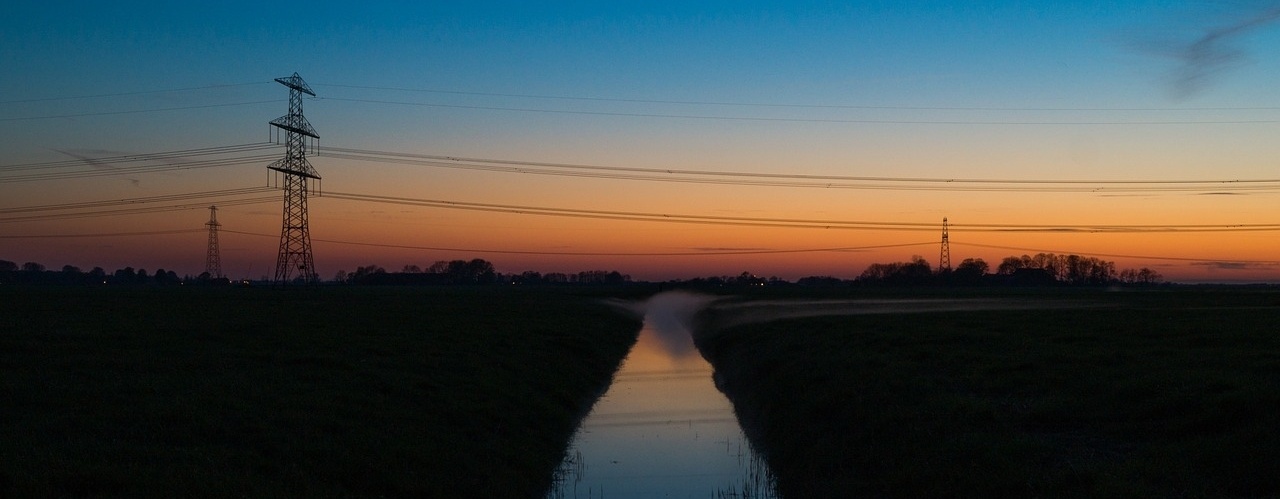
After the Supreme Court’s decision to stay the Clean Power Plan (CPP), all eyes have been on June 2, the date the D.C. Circuit Court was scheduled to hear oral arguments on the merits of the rule. That goal post just got pushed back—but the delay is likely to speed up the final Supreme Court decision.
The D.C. Circuit Court announced on May 16 that oral arguments scheduled for June 2 in front of a three-judge panel would be pushed to a September 27 “en banc” review, meaning that the arguments will be heard by all judges on the court, with the exception of Judge Nina Pillard, who recused herself from this case, and Chief Judge Merrick Garland, who has recused himself from all active cases due to his nomination to the Supreme Court.
Assuming that the D.C. Circuit would have ultimately granted an en banc review after an initial decision by the three-judge panel, which is likely given the importance of the case, this initial delay means that the CPP case will skip over the initial panel decision and en banc appeal process and move more quickly to the Supreme Court.
Ultimately, it is a decision by the Supreme Court that will determine whether the CPP is upheld or rejected, and the stay will remain in place until that court issues a decision. However, the decision of the D.C. Circuit is crucial because it would stand in the event of a 4-4 tie from an eight-justice Supreme Court — a possible outcome given the political uncertainty around Garland’s nomination.
The delay gives EPA, CPP supporters, and CPP opponents more time to prepare arguments for or against the rule in court, but briefs and responses were already filed in the D.C. Circuit Court by both sides in late March. The 157 parties opposing the CPP requested five hours for arguments (sub. required) spread over two days, while EPA said the arguments could be heard in three hours. Either way, there will be plenty to rehash when the oral arguments are over — and a ruling is pending.
While implementation of the rule is paused pending court review, EPA’s work continues apace. Just days after 14 states wrote to EPA requesting more information about compliance options, EPA’s acting assistant administrator for air and regulation Janet McCabe indicated (sub. required) that the Agency is forging ahead with the model trading rules. “We got a lot of comment on those model rules. We don't want to lose momentum on that, so we'll be doing that, moving that forward this summer," she said. McCabe did not specify a timeline for the release of the model rules. EPA has requested $50 million to develop tools such as the model rules, to work with states, and to help fund state planning efforts
There may not be a timeline for the model rules, but EPA been very clear on the timing of the CPP itself, emphasizing that the stay has thus far affected only the September 2016 deadline to file an initial state plan. EPA Administrator Gina McCarthy said (sub. required), “The Supreme Court didn't actually speak to any of the tolling issues regarding the compliance requirements — we certainly know that the issue will not be resolved by this coming October and September. Beyond that, the courts are going to have to speak to that issue.".
Meanwhile, it is only a matter of time before the revised Clean Energy Incentive Program (CEIP) proposal is released for public comment. EPA has already taken comment on the CEIP, but announced in January that it would issue a separate proposal for additional public review and comment. The proposal went to the Office of Management and Budget for review on April 27, and should be released within 90 days of its submittal. AEE’s vice president of federal policy told E&E news (sub. required), "Even with the Clean Power Plan under judicial review, states can benefit from having a clear path toward CEIP eligibility. This shows that EPA is moving forward, even under the stay, to give states the tools they need to prepare for action under the Clean Power Plan."
Keep up-to-date with all the latest advanced energy industry news by signing up for AEE Weekly below.
